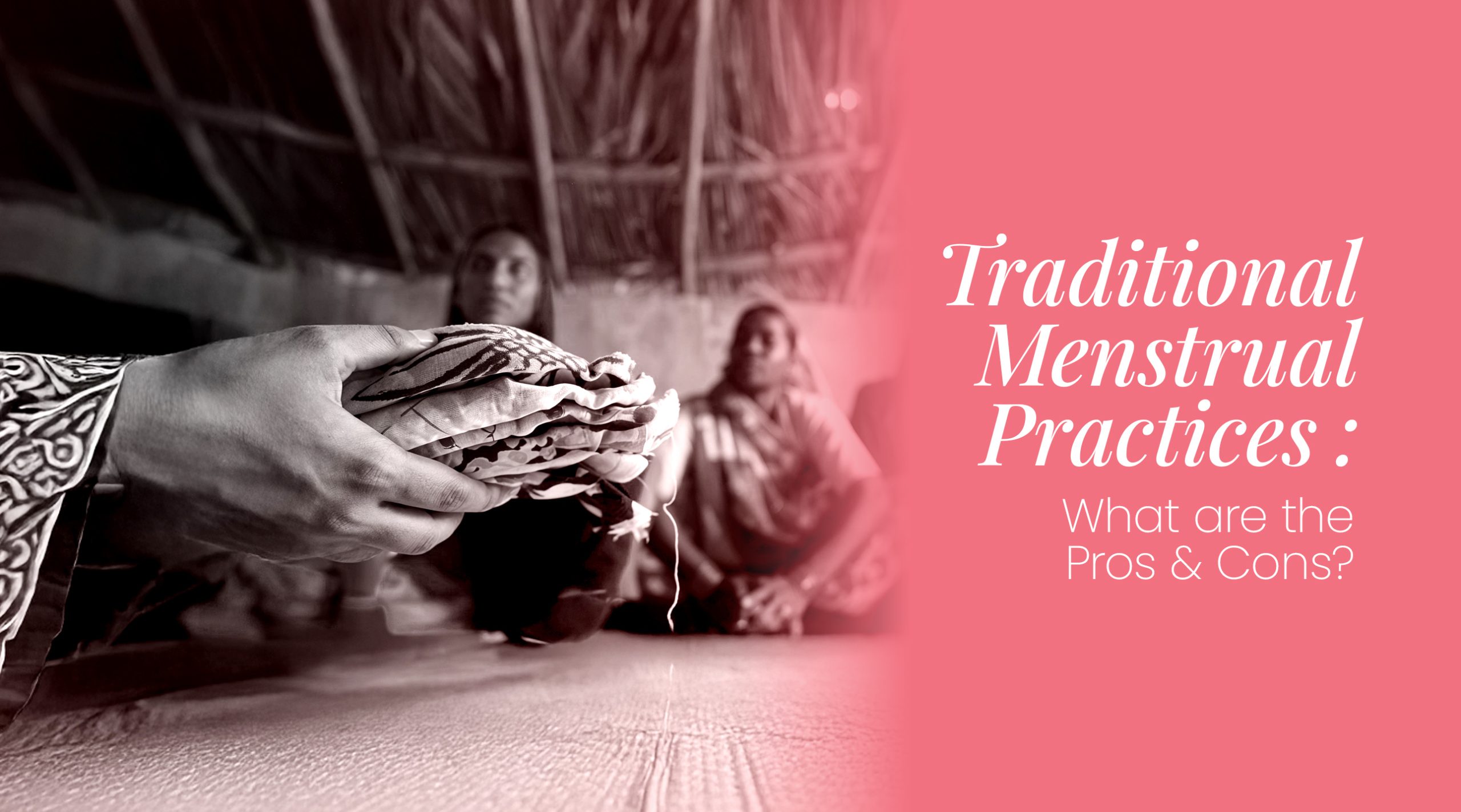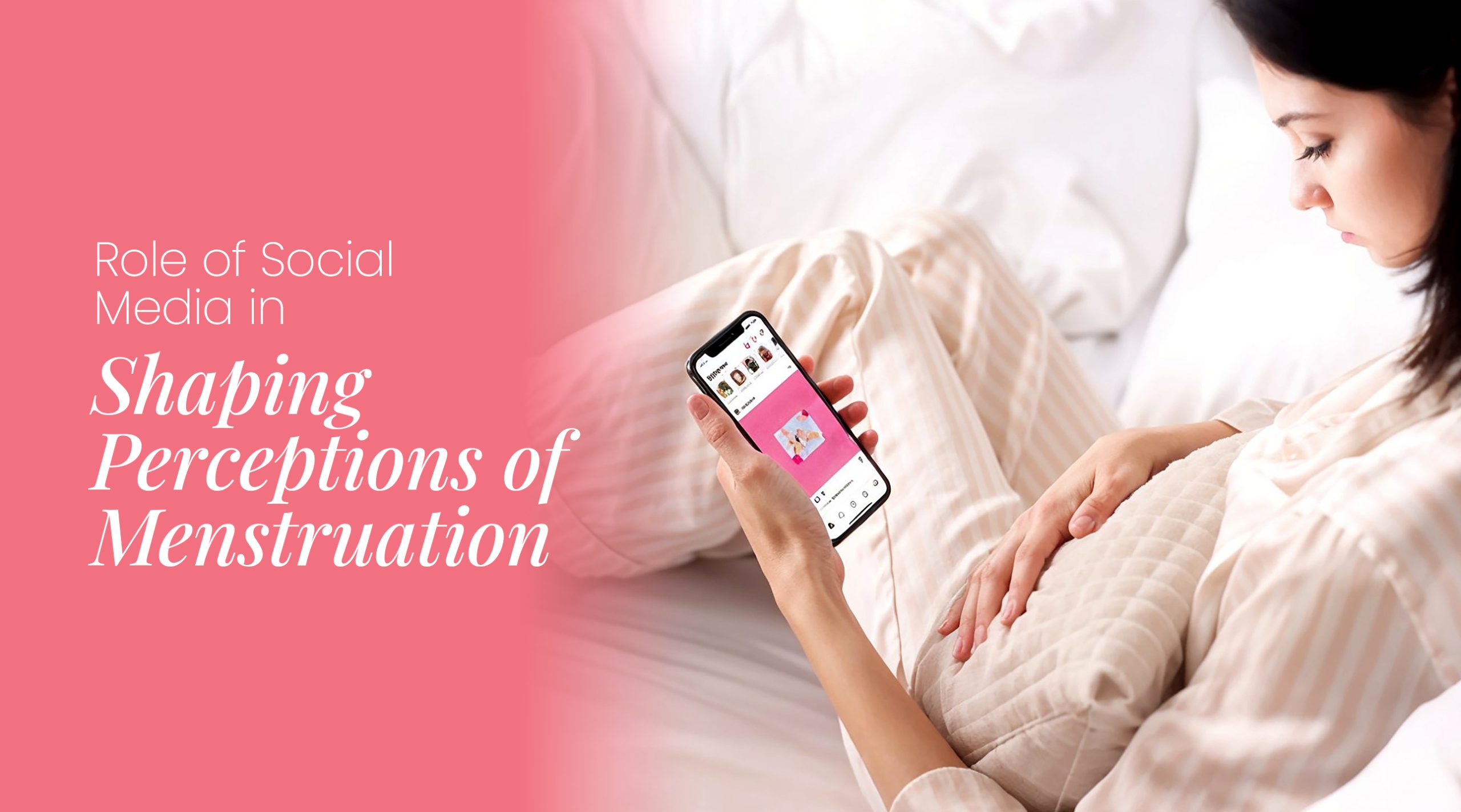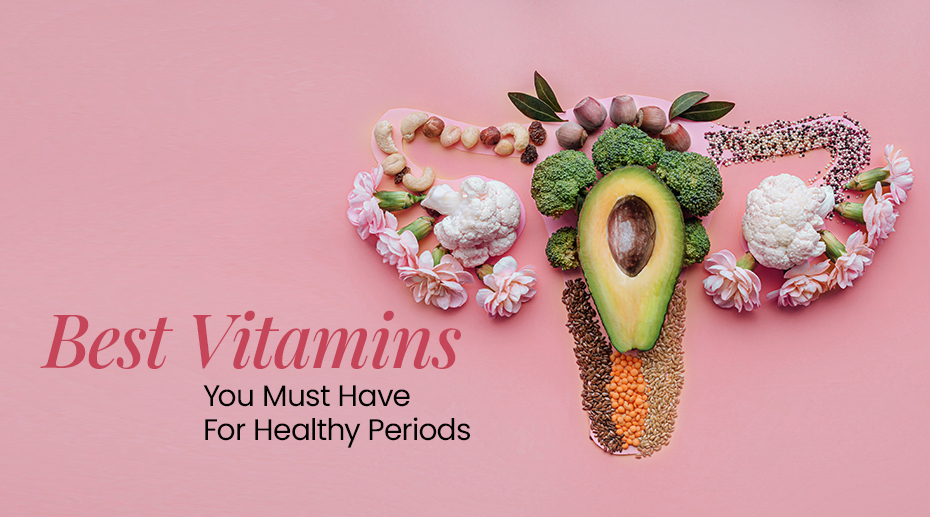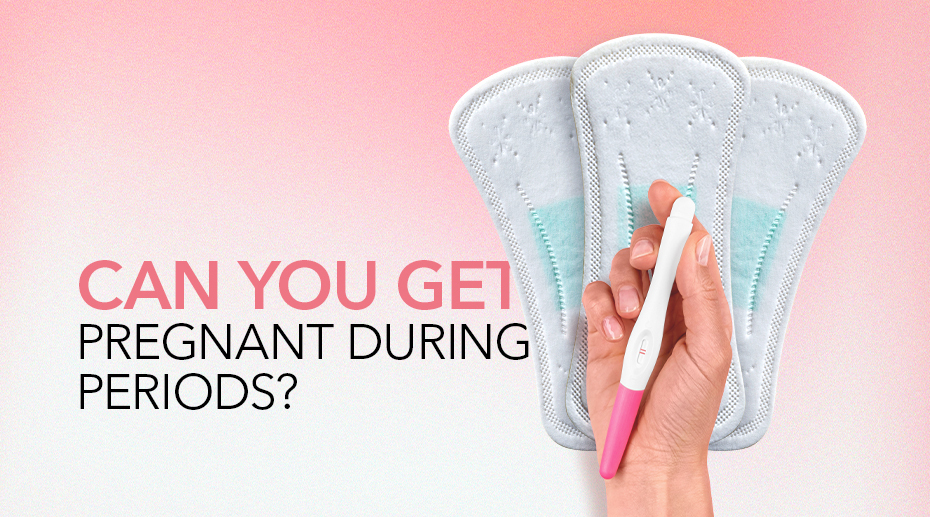
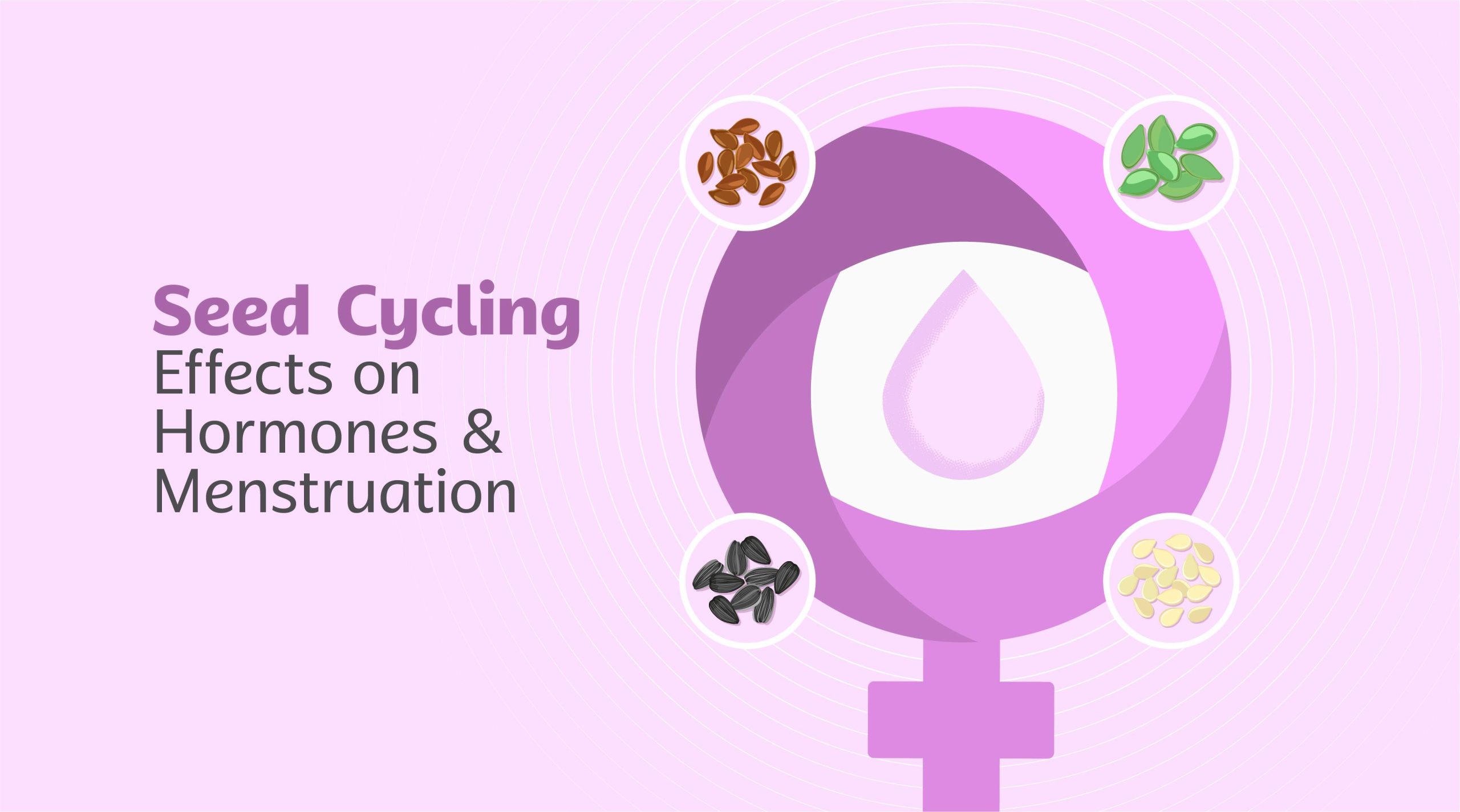
Seed Cycling & Its Overall Benefits for Women
There is a popular hormone health hack going around the internet. It claims to assist with hormone regulation, PMS relief, and menopausal symptoms. The four seeds that could greatly improve your hormone health are worth being aware of if you’re new to Seed Cycling. However, before we go into it, let’s define seed cycling.
The goal of seed cycling is to normalize your menstrual cycle by adjusting the hormones that cause the follicular and luteal phases to coexist. Hormones like progesterone and estrogen play a key role in controlling menstruation. That certain seeds are more effective during the luteal phase and others during the follicular phase is the premise upon which period seed cycling is founded. By rotating the seeds at different times each month, you may regulate your hormones and experience less hormonal symptoms including hot flashes, premenstrual syndrome, irregular periods or late periods, Premenstrual Dysphoric Disorder (PMDD) and polycystic ovary syndrome.
Seed cycling for irregular periods is gaining popularity as an effective way of restoring hormonal harmony in females. In this technique, you consume certain seeds at specific times during your menstrual cycle to help regulate your hormones. Many common seeds used for seed cycling include flax seeds, pumpkin seeds, sesame seeds, and sunflower seeds. The unique benefits of each of these seeds correspond to the phases of the menstrual cycle, which are characterized by variations in hormone levels.
Nutritional Components of Seed Cycling
Before diving into how to do seed cycling, know the basics, get to know what are the nutritional benefits of doing seed cycling:
Lignans
Benefits of Lignans
Hormonal Balance
Hormonal imbalance in women has now become the most common problem. By doing seed cycling it provides nutrition called lignans that helps to regulate estrogen levels, supporting menstrual flow and reducing PMS symptoms.
Estrogen Metabolism
Lignans help reduce the estrogenic effect by metabolizing estrogen into its inactive form.
Anti-inflammatory Effects
Lignans relieve dysmenorrhea and endometriosis by reducing inflammation and the pain associated with periods.
Zinc
Benefits of Zinc
Menstrual Regularity
Menstrual abnormalities are less likely to occur when zinc levels are adequate.
Reduces PMS Symptoms
Mood swings and bloating are PMS symptoms that zinc can ease due to its anti-inflammatory qualities.
Immune Support
Zinc helps the immune system function better, which helps to fight with the infection that causes during our periods.
Omega 3s, Omega 6s, and Vitamin E
Benefits of Omega 3s, Omega 6s, and Vitamin E
Improved Uterine Health
Flax seeds and pumpkin seeds are good sources of omega-3 fatty acids, which boost uterine health and help the body secrete progesterone, a hormone that regulates periods.
Keeps Your Skin Clear
Having clear skin during periods is a dream of every girl. A good skin health is a result of the combined benefits of vitamin E, omega-3 and omega-6 fatty acids, and the maintenance of healthy cell membranes. Apart from all the skincare during periods, seed cycling helps to keep your skin clean and less prone to acne.
Increased Fertility
A woman’s fertility, ovulation, and blood flow to her reproductive organs are all positively impacted by omega-3 fatty acids. You can help your reproductive system and increase your chances of becoming pregnant by eating these seeds.
Selenium
Benefits of Selenium
Estrogen Detoxification
Sunflower seeds are rich in selenium, which helps with the liver’s estrogen detoxification process. The process helps lower estrogen levels, which are most problematic during the luteal phase of a woman’s menstrual cycle when progesterone levels are high and estrogen levels are low.
Hormone Balance
During the menstrual period, selenium helps hormone balance by promoting estrogen detoxification. Maintaining a steady equilibrium is essential for controlling PMS and promoting good reproductive health in general.
Liver Health
The detoxification of estrogen is one way in which selenium helps keep the liver healthy and functioning at its best. To maintain a steady menstrual cycle and proper hormone control, a strong liver is required for detoxification and hormone metabolism.
Seed Cycling Benefits
Seed Cycling for Irregular Periods

With all the twists and turns of your menstrual cycle, seed cycling for irregular periods is like having a roadmap. Hormones like progesterone and estrogen interplay throughout the menstrual cycle. Irregular periods, mood swings during periods, other signs of hormonal imbalance might result from a disruption in this equilibrium.
In order to improve hormone production and balance, seed cycling for irregular periods entails eating different seeds at different phases of your menstrual cycle. Your body starts to prepare for ovulation during the first phase of your cycle, which is called the follicular phase, where estrogen levels start to increase at this time. In this regard, pumpkin seeds and flaxseeds prove useful.
During the luteal phase, the second stage of the menstrual cycle, progesterone levels increase while estrogen levels decrease. In expectation of a possible pregnancy, your body undergoes this change. This is the perfect spot for sunflower seeds and sesame seeds to put on their best.
If you eat these seeds every day during your menstrual cycle, you’re basically giving your body what it needs to keep its hormones in check. It’s like gently correctly nudging your hormonal system, assisting it in regaining its natural rhythm.
Seed Cycling for Hormonal Balance

It may be like trying to find your way across a stormy sea without a compass when hormones are out of whack. But have no fear! The tiny, nutrient-packed seeds provide a ray of hope via seed cycling for hormonal balance.
Estrogen levels rise gradually throughout the follicular phase, which occurs in the first part of the menstrual cycle, getting the body ready for ovulation. Flaxseeds and pumpkin seeds, for example, are known to promote estrogen levels, so eating them during this time can help.
An increase in progesterone levels occurs during the luteal phase of the menstrual cycle, which is responsible for preparing the uterine lining to receive an embryo. During this time, people start getting more of the nutrients they need to produce progesterone and maintain a healthy hormonal balance from the seeds of sesame and sunflower.
Using the power of seeds to help your body’s hormone synthesis and control is a natural strategy called seed cycling for hormonal balance.
Seed Cycling for PCOS

Irregular menstrual cycles, increased androgen levels, and ovarian cysts are symptoms of Polycystic Ovary Syndrome (PCOS), a hormonal condition. There are many other reasons like stress, overthinking, poor diet that lead to PCOS due to which you might experience a broad range of symptoms, including but not limited to acne, weight gain, irregular periods, abnormal hair growth or loss, and even sometimes infertility issues.
By following seed cycling for PCOS you can treat the symptoms of PCOS naturally. This method for maintaining hormonal balance throughout the menstrual cycle entails eating a variety of seeds at various times. Within the menstrual cycle, there are two primary stages that are important for seed cycling: the follicular phase (days 1–14) and the luteal phase (days 15–28).
According to the theory behind seed cycling, there are elements in certain seeds that may help maintain a healthy hormonal balance and stimulate hormone synthesis. Some people with polycystic ovary syndrome (PCOS) find that eating these seeds at certain times each day helps them control their periods, which in turn improves their reproductive health.
Seed Cycling for Conceiving

Is the potential impact of your food on your infertility journey anything you’ve ever considered? It might be the missing link you’ve been seeking, so let’s speak about seed cycling.
Well, you’ve been considering raising a family, but maybe you’ve been facing some difficulties due to hormonal imbalances or irregular periods. The process of seed cycling comes into play in this context.
You can increase your chances of conceiving by providing your body with the nutrients it needs to operate efficiently, which can lead to more regular cycles, better hormone balance, and eating these nutrient-rich seeds every day.
Having patience, nevertheless, is essential! It could require many rounds of seed cycling before you notice any effects. As an added precaution, if you are trying to conceive, you should see your doctor before making any major changes to your food or way of life.
How to do Seed Cycling?
The follicular and luteal phases are the two primary divisions of the female reproductive cycle. To increase estrogen levels in the follicular phase and progesterone levels in the luteal phase, seed cycling is a viable option:
Follicular Phase
In a normal 28-day cycle, the follicular phase lasts from day 1 to 14 (around the time of ovulation), during which your body produces estrogen. During this time, it is suggested to have flaxseed and pumpkin seeds (1 tablespoon per day), which are high in phytoestrogens, a mild, naturally occurring type of estrogen.
Luteal Phase
The luteal phase lasts from day 15 to day 28, and your progesterone levels gradually rise (until your flow begins). It is recommended to consume sunflower and sesame seeds (1 tablespoon per day) during this period because the high amounts of zinc in sesame seeds and vitamin E in sunflower seeds increase progesterone synthesis.
Seed Cycling According to Moon Cycle
To our Moon goddesses, let’s explain to you the relationship between menstruation and the moon cycle.
The moon’s phases complete a cycle every 28 days, while the average woman’s menstrual cycle lasts 28(ish) days. Going even further into the subject, it is said that if a woman has hormones that are in a healthy balance, ultimately those hormones will align with the phases of the moon. As a result, if your seed cycle is in sync with the moon, you should still be able to contribute to a healthy hormonal balance.
Day 1-14: New Moon to Full Moon
This is when you will be in the follicular phase. Consume a blend of pumpkin seeds and flax seeds.
Pumpkin and flax seeds help to manage your estrogen levels by inhibiting excess estrogen production. Flaxseeds also contain lignans, which bind to excess estrogen and may aid with intestinal health.
Pumpkin seeds are also strong in zinc, so they help in progesterone production as you go into the second part of your cycle. This period in your hormone cycle is ideal for nurturing your body and preparing for the following phase.
Day 14-28: Full Moon to New Moon
This occurs while you are in the Luteal phase of your cycle. Eat a mixture of sunflower and sesame seeds.
Sesame seeds are recognized for their high zinc and selenium content, which may help inhibit excess estrogen synthesis and promote hormone balance. Sunflower seeds are also strong in vitamin E, which helps your progesterone levels. This is also often the time when ovulation happens, so don’t be scared to let yourself shine at your best!
Wrapping Up
No matter where you are in your menstrual cycle, whether you’re trying to achieve the best fertility, deal with irregular cycles, or are enjoying the advantages of seed cycling for periods, it’s important to remember that supporting your body is important. It makes sense to look into other options for help and relief, even if seed cycling is a natural technique to promote hormone balance and reproductive health.
As a result, we developed the Welme period pain relief device. Implementing it into your overall health routine can help reduce period pain and discomfort. If you’re new to seed cycling or have been doing it for a while, our gadget will provide you with the mild, effective relief you need to continue flourishing on your way to wellness. The reason is, that you can’t go wrong with any progress, no matter how little, toward your goal of improved health and happiness.
Know More About Seed Cycling
How do I start Seed Cycling?
Seed cycling is pretty simple. During the follicular phase of your cycle, you should consume 1-2 tablespoons of pumpkin and flax seeds every day. Once you’ve ovulated, you should eat sunflower and sesame seeds every day throughout the luteal phase.
How long does it take seed cycling to work?
It usually takes many cycles of seed rotation to observe an impact. You should see a reduction in your symptoms after 3-4 months of seed cycling. This may seem like a long time, but remember that your hormone imbalance did not occur overnight.
Should we soak the seed for seed cycling?
The seeds should be raw, preferably soaked and crushed. It’s also beneficial for folks who have digestive issues since soaking makes the seeds more digestible. If you are unable to soak and ground the seeds every day, you may sun dry them, create powder, and keep in an airtight container in the refrigerator.
Is seed cycling for periods beneficial?
Seed Cycling helps with all of these by regulating and maintaining your hormones. It also helps with fertility and conception by regulating ovulation, reducing heavy, painful periods (which may help women with endometriosis), and even relieving menopausal symptoms.

